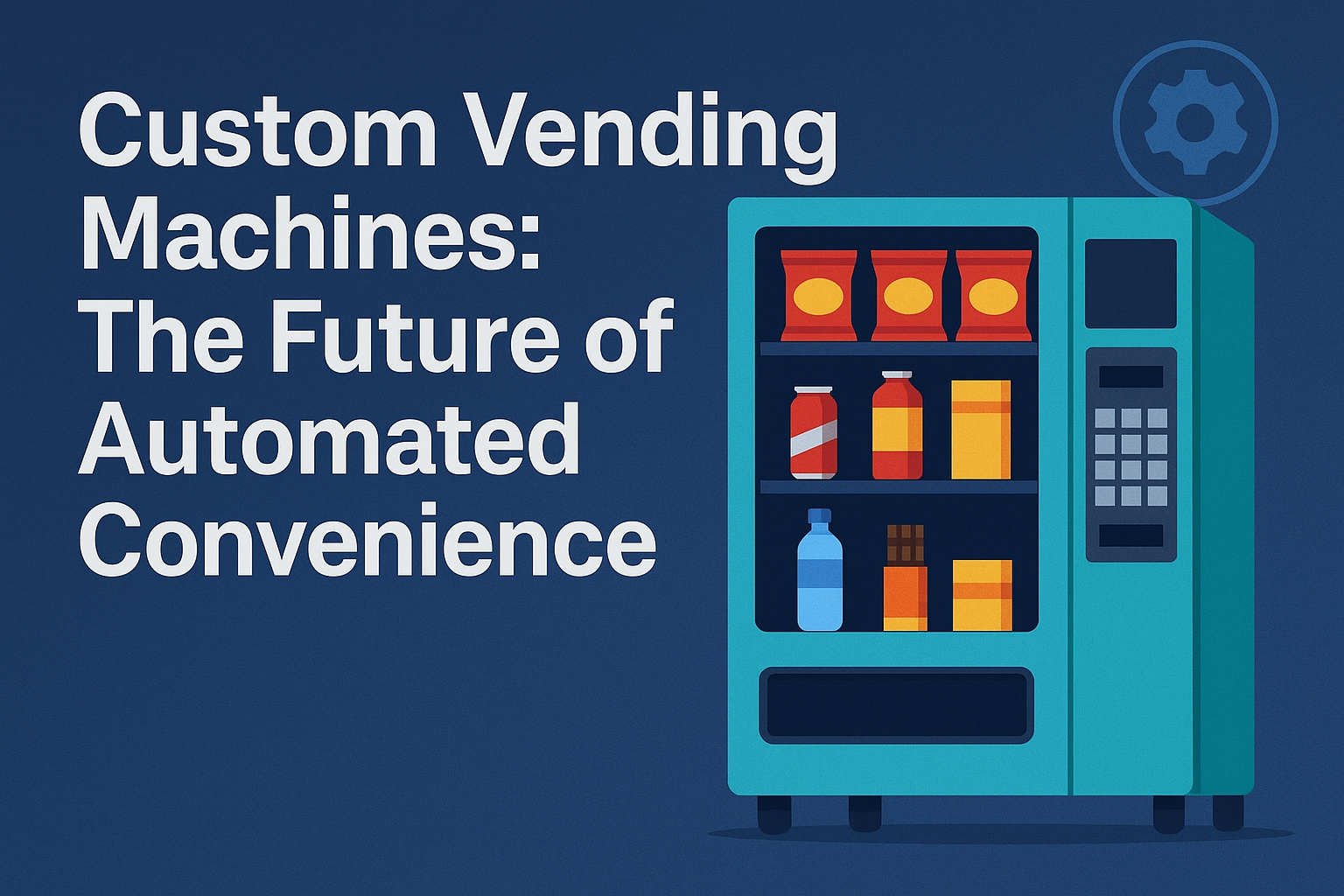Business
Ensuring Business Continuity with Robust Quality Assurance Strategies

Let me take you behind the scenes of a moment every product team dreads.
It’s Friday afternoon. A major release just went live. Everyone’s breathing a little easier, chatting on Slack about weekend plans, maybe even pouring that end-of-week cup of coffee. Then—your monitoring tool starts pinging. The support inbox fills up. Something is broken. Not kind-of-broken, but customer-impacting broken. Panic sets in. That feature which looked perfect in staging? It triggered an issue the team never accounted for.
That’s when reality hits: no one rehearsed for this. And now, you’re scrambling.
If this sounds familiar, you’re not alone. Its exactly why quality assurance isn’t a checkbox or a phase. It’s the spine of your entire business continuity posture.
Why Do You Need QA in the Room Early?
In fast-paced companies, QA is too often viewed as something you do at the end. A clean-up step. A “nice-to-have” if time permits. But here’s what experienced teams know: firefighting isn’t a strategy. Hope is not a recovery plan.
Quality assurance—done right—starts before a single line of code is written. It’s embedded in discussions around architecture, deployment strategies, in disaster scenarios. It’s what keeps things calm when things get weird. Because they will.
And make no mistake; business continuity isn’t just about backups or cloud failovers. It’s about whether your systems, people, and processes can continue functioning—even when something breaks mid-sprint or when production servers go haywire at 3 AM.
Let’s Talk Real QA, Not Just Bug Hunts
Good QA isn’t about pointing fingers or logging tickets. It’s about making risks visible.
What happens if your authentication provider goes down? What if you roll back a release, but the database schema doesn’t work? Or if a surge in traffic breaks your caching layer?
These aren’t theoretical questions. These are the kinds of edge cases that only thoughtful QA work exposes—especially when guided by solid QA planning.
The smartest QA teams don’t just test for success—they test for how systems behave under stress, outages, and edge failures, and this is exactly what quality engineering service provide: a structured approach to simulate, validate, and recover from real-world failure scenarios.
Quality Assurance and the Psychology of Preparedness
Here’s something people don’t talk about enough: when your team knows systems have been tested under pressure, they think more clearly under fire. Panic drops. Fixes get deployed faster. Customer comms stay consistent.
When QA includes simulated outages, partial failures, and integration hiccups, the team builds muscle memory for the unknown. That’s not just process maturity—it’s psychological readiness.
It’s the difference between chaos and choreography.
The Three Tests That Separate Amateurs from Professionals
You don’t need 50 types of testing to improve business continuity. But you do need the right three:
1. Regression Testing
You’d be amazed how many bugs aren’t new—they’re the return of old ones. Regression testing isn’t glamorous, but it’s foundational. Every time you touch code, you’re introducing risk. This kind of testing ensures previous functionality hasn’t broken under the hood. You’re not just protecting your users—you’re protecting your past work.
2. Load Testing
Traffic spikes aren’t always predictable. A viral tweet, a sudden partnership launch, a new geography opening up—boom, your usage doubles. Can your servers take the heat? Load testing helps you find out now, not during a live incident. It’s also the foundation of effective resilience testing, where you measure what fails first—and how fast your systems recover.
3. Failover Testing
We all say we have backups. But have you tried restoring them this month? Failover testing verifies that your backups, alternate environments, and backup databases aren’t just theoretical safety nets. They work. They’re fast. And they’re production-grade. That’s peace of mind you can’t fake.
QA Planning Is the Glue
You can’t test your way to resilience without planning. That means QA planning has to start when your continuity plans do.
This isn’t about writing longer test cases—it’s about coordinating expectations. Who owns what in a rollback? What’s the acceptable delay for failover to activate? Can QA stop a release if a business-critical scenario fails?
When QA is deeply involved in continuity conversations, teams can answer these questions quickly, without confusion. Without it, everyone’s stuck asking, “Wait, who’s supposed to validate the fix again?”
Good QA planning makes those answers obvious—before they’re urgent.
The Industries That Get It Right
Look at finance. Look at health tech. Look at aviation. These are sectors where failure doesn’t just damage reputation—it breaks legal compliance, endangers lives, or triggers financial penalties.
These companies don’t run disaster recovery tests because it’s good practice. They do it because they have to. And they include QA in every simulation. Every crisis drill. Every what-if.
In healthcare systems, QA validates EMR software after routine patches—and again after downtime recovery. They don’t assume uptime. They prove it.
In fintech, even a 3-minute downtime can mess with reconciliation logs. So they test—not monthly, but often weekly—using live-data clones and rollback triggers.
These sectors show us what discipline looks like. And yes, it’s not just about process—it’s about trust.
When Things Break, What Do You Measure?
When a production issue occurs, smart teams don’t just ask “what broke.” They ask:
- How fast did we spot it?
- Who owned the recovery?
- How quickly did QA confirm that systems were behaving correctly again?
- Were our resilience testing assumptions validated?
You don’t want to be calculating these answers mid-incident. You want them baked into your strategy.
And that means QA isn’t just there to run test scripts. They’re your live proof of recovery. Your eyes in the smoke. Your last line of confidence when the fire’s been put out.
Customers Don’t Ask About QA—Until It’s Missing
Here’s the ironic thing about quality assurance: when it’s good, it’s invisible. Things just work. But when it’s missing, everyone notices. Especially your customers.
The best pitch you’ll never give is showing customers your commitment to stability. Not by saying it—but by being the last service standing when others go dark.
And that’s the heart of business continuity. It’s not just about maintaining services. It’s about maintaining trust.
Real Continuity Isn’t a Checklist
You can’t borrow your way into resilience. You build it. Slowly, iteratively, with foresight, honesty, and a little paranoia.
And quality assurance isn’t the thing you tack on to keep testers busy. It’s the backbone of whether your company can survive pressure. It’s the fabric that holds confidence together during chaos. It’s the one part of your process that whispers, “We’re ready,” when everything else is shouting.
So the next time you write a recovery plan or scope a new deployment process, ask yourself—who’s playing QA in the worst-case scenario?
Because if no one is, you’re not ready.
-

 Tech12 months ago
Tech12 months agoHow to Use a Temporary Number for WhatsApp
-

 Business2 years ago
Business2 years agoSepatuindonesia.com | Best Online Store in Indonesia
-

 Social Media1 year ago
Social Media1 year agoThe Best Methods to Download TikTok Videos Using SnapTik
-

 Technology1 year ago
Technology1 year agoTop High Paying Affiliate Programs
-

 Tech7 months ago
Tech7 months agoUnderstanding thejavasea.me Leaks Aio-TLP: A Comprehensive Guide
-

 Instagram3 years ago
Instagram3 years agoFree Instagram Auto Follower Without Login
-

 Instagram3 years ago
Instagram3 years agoFree Instagram Follower Without Login
-

 Technology11 months ago
Technology11 months agoLeverage Background Removal Tools to Create Eye-catching Videos



















